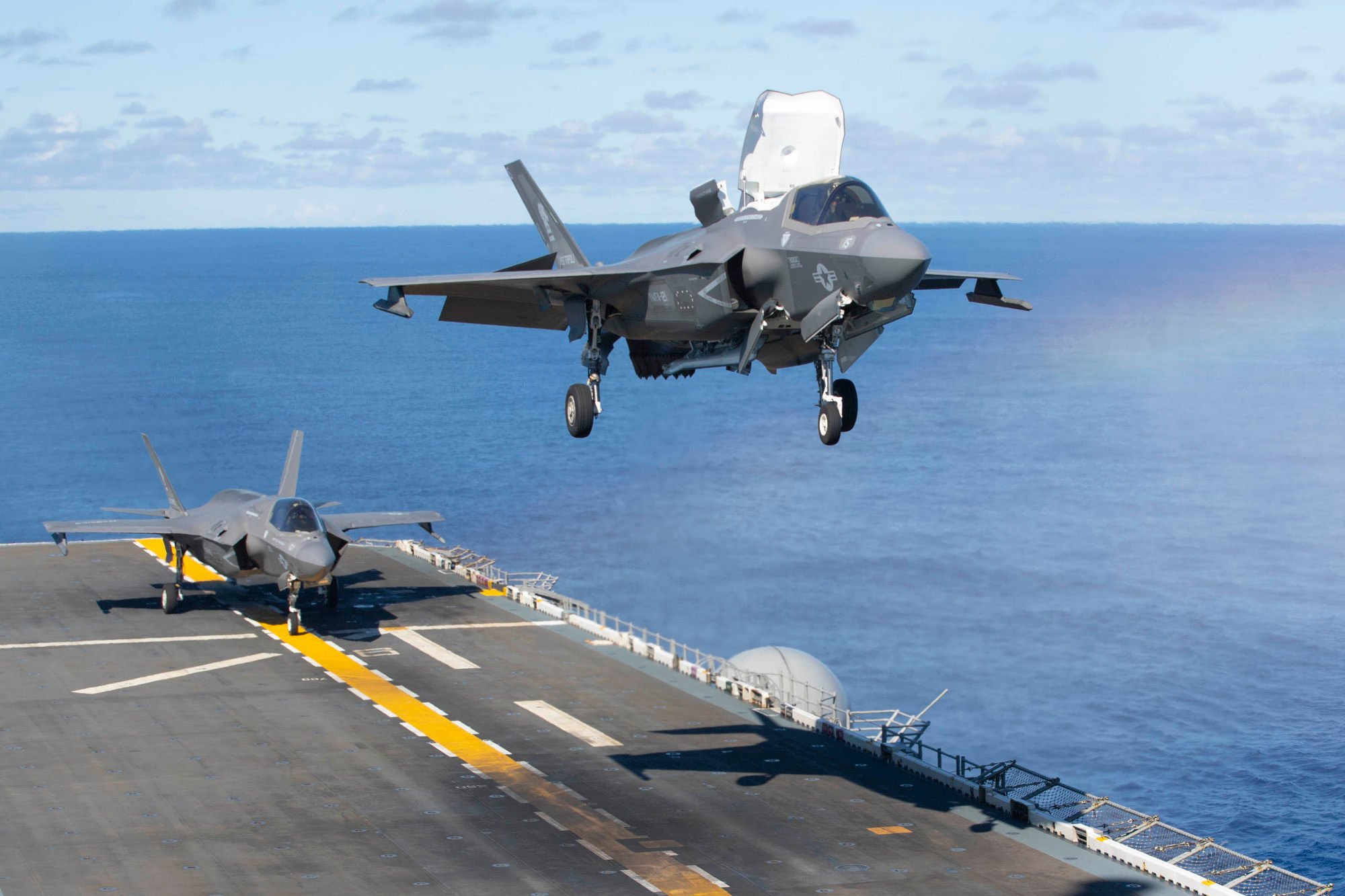
Japan gets ‘some of the same toys as the big boys’ as first aircraft carrier since WWII enters service
- The upgraded Kaga, formerly a helicopter carrier, is now capable of deploying the F-35 Lightning II stealth fighter’s vertical take-off variant
- Analysts say the carrier will be a welcome addition to Japan’s arsenal – but it’s unlikely to be a game changer amid rising regional tensions
The upgraded ship, now capable of deploying the vertical take-off variant of the F-35 Lightning II stealth fighter, will be a welcome addition to the Japanese arsenal, analysts say – although the Kaga alone will not be a game changer amid rising regional tensions over maritime security.

“One weapons system or warship will not change the entire military equation in Japan’s favour, but the advanced aircraft that it will carry will certainly give it greater capabilities,” said Robert Dujarric, co-director of the Institute of Contemporary Asian Studies at the Tokyo campus of Temple University.
“The broader advantage it will provide is the greater ability to operate and interact with US and other forces in the region, giving Japan some of the same toys as the big boys.”
The Kaga was unveiled to Japanese media on Monday at Kure naval base in Hiroshima prefecture.
With a displacement of 27,000 long tons (27,433 tonnes) fully loaded and a length of 248 metres (814 feet), the 115 billion yen (US$758 million) vessel was originally launched in 2015 as the second in the Izumo class of helicopter carriers – the largest warships Japan has built since the end of the second world war in 1945.

Changes made to date include a redesign of the bow section and the addition of a new heat-resistant coating to protect the deck from the extreme temperatures generated when the F-35B’s engines are angled downwards to enable it to take off and land vertically.
Ryo Hinata-Yamaguchi, an assistant professor of international relations at the University of Tokyo, said questions remain over how the Self-Defence Forces will deploy the Kaga, which bears the same name as an aircraft carrier deployed in the attack on Pearl Harbour in December 1941 but was sunk in the Battle of Midway six months later.
“The F-35Bs will be operated by the Air Self-Defence Force so they will not be permanently based on the Kaga or the Izumo and operating from these ships will be just one of their missions,” he said.
“It’s not clear at the moment the operational concept behind the Kaga as an aircraft carrier, whether the mission is to obtain control of a sea area or to defend amphibious units,” Hinata-Yamaguchi added. “I would lean towards the latter, as Japan does not have expeditionary forces like the US.”

Hinata-Yamaguchi also questioned how effective the refitted Kaga would be, given that it was not originally designed as a full aircraft carrier and will only be able to carry a limited number of F-35Bs.
“The fighters on the Kaga will give the MSDF [Japan’s navy] other options, but the effect will still be quite limited,” he said.
Geopolitical analyst Dujarric agreed, suggesting that the greatest impact of both the Kaga and the Izumo returning to active operations after their upgrades would be the “cumulative effect” this offers to Japan and its allies.

